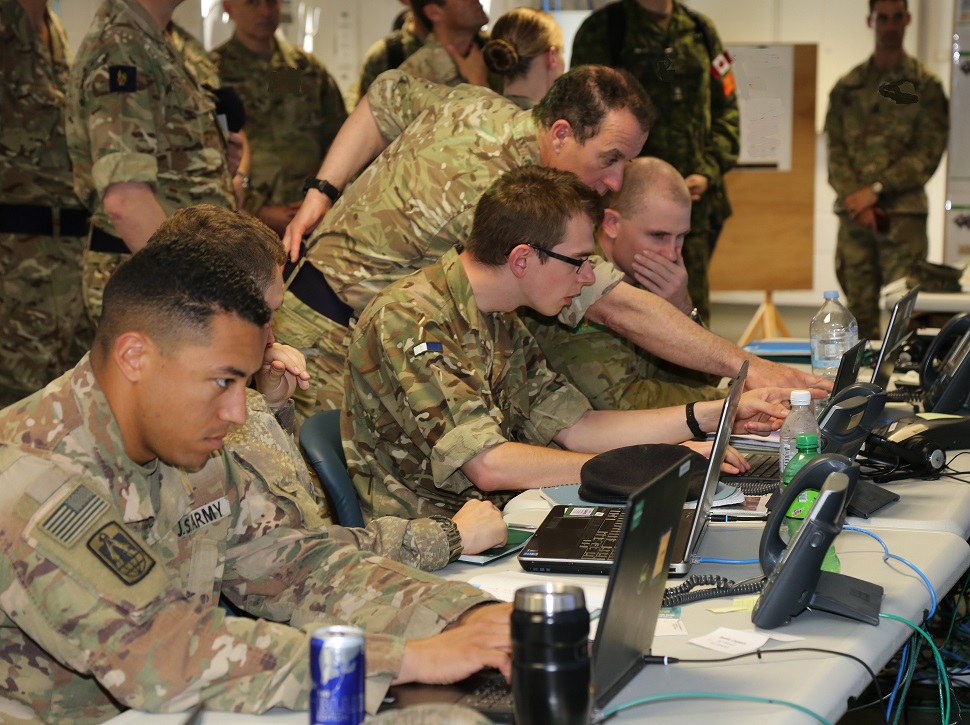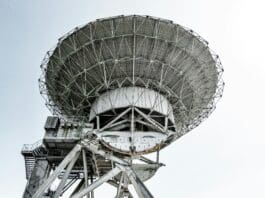This post is also available in:
 עברית (Hebrew)
עברית (Hebrew)
Connectivity is the name of the game when it comes to coordination and information flow. The US Army’s global network GAIT (Global Agile Integrated Transport) is going to improve tactical battlefield network connectivity and play a role also in humanitarian assistance. GAIT is essentially a router that allows equipped units the ability to connect point to point with each other across the world directly.
The technology has lifted the obstacles once blocking commanders at home station from being able to conduct real-time mission command and data exchange with soldiers on distant battlefields, by simplifying the way data is exchanged over the greater Department of Defense (DOD) network.
“The beauty of GAIT is it doesn’t really carry data that you can use; it’s a transport,” Joe Vano, Tactical Network Transport at The Halt product line, told C4ISRNET.com. “You can’t take anything out of there. Everything has to be encrypted.”
As he explains, under the old network architecture, if a unit in the United States wanted to see into the network of its subordinate unit deployed overseas — or if that deployed unit wanted to connect to another tactically deployed unit — they would have to go into the Army enterprise, up through the Defense Information Systems Agency infrastructure and all the way back down. This process had a litany of technical and bureaucratic hurdles and could sometimes take weeks or longer. With GAIT, it’s like these units are sitting in the same parking lot, he added.
GAIT will also be playing a big role in the upcoming Defender 2020 exercise in Europe in the spring — a massive exercise testing how the Army will conduct a large-scale deployment to the continent in a crisis if needed. GAIT will help connect coalitions together improving interoperability and providing valuable data to inform in what the military is calling the Mission Partner Environment.
As long as other nations have a GAIT router and are allowed into U.S. networks, they can connect and seamlessly share data remotely.
GAIT could also have wide applications for humanitarian assistance, as officials explained that it can also connect to non-military domains, such as .com or .org, as long as others have a GAIT router. This could also help in delivering medical expertise to the battlefield as remote doctors could be patched right into tactical units’ networks.




